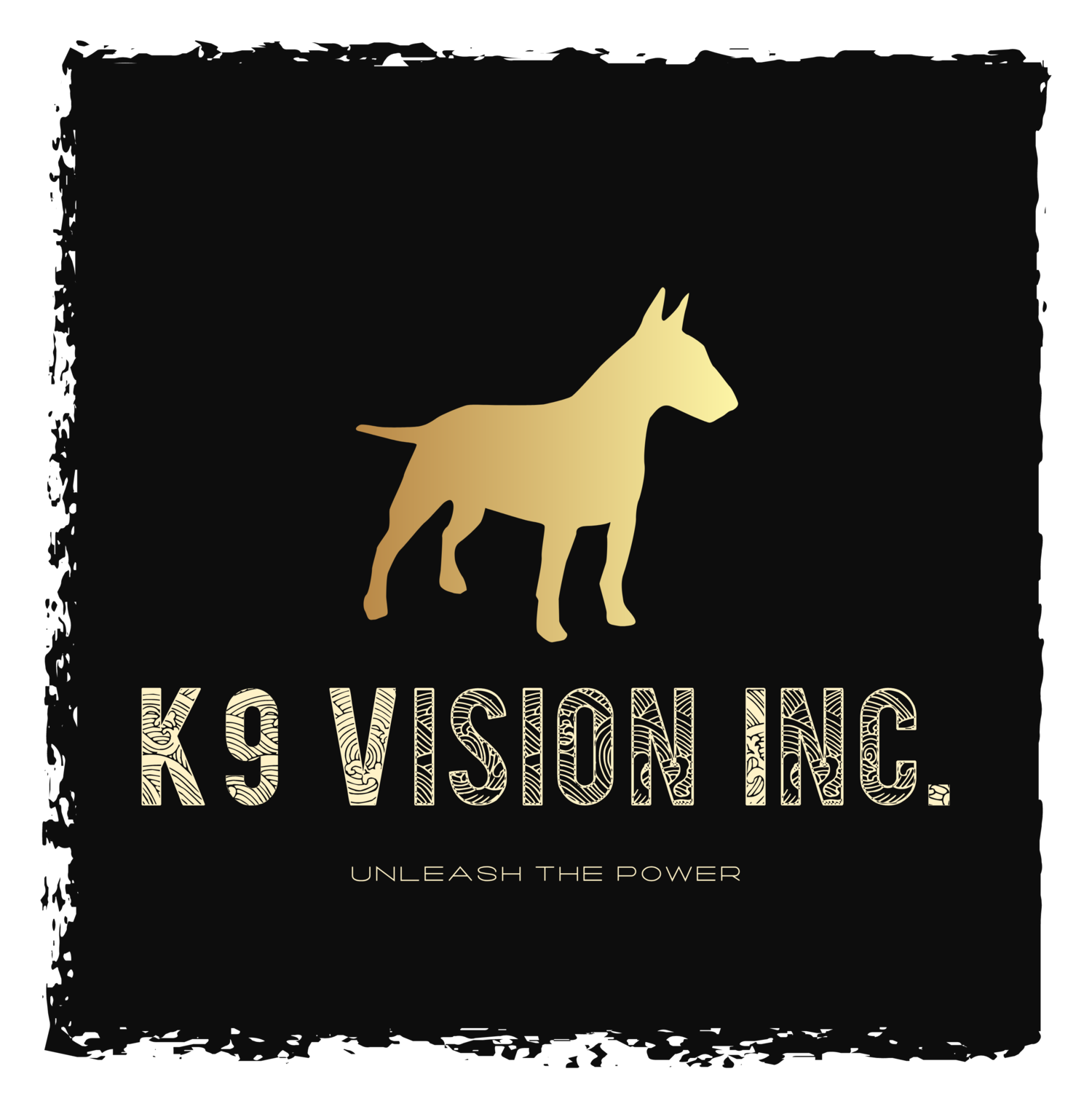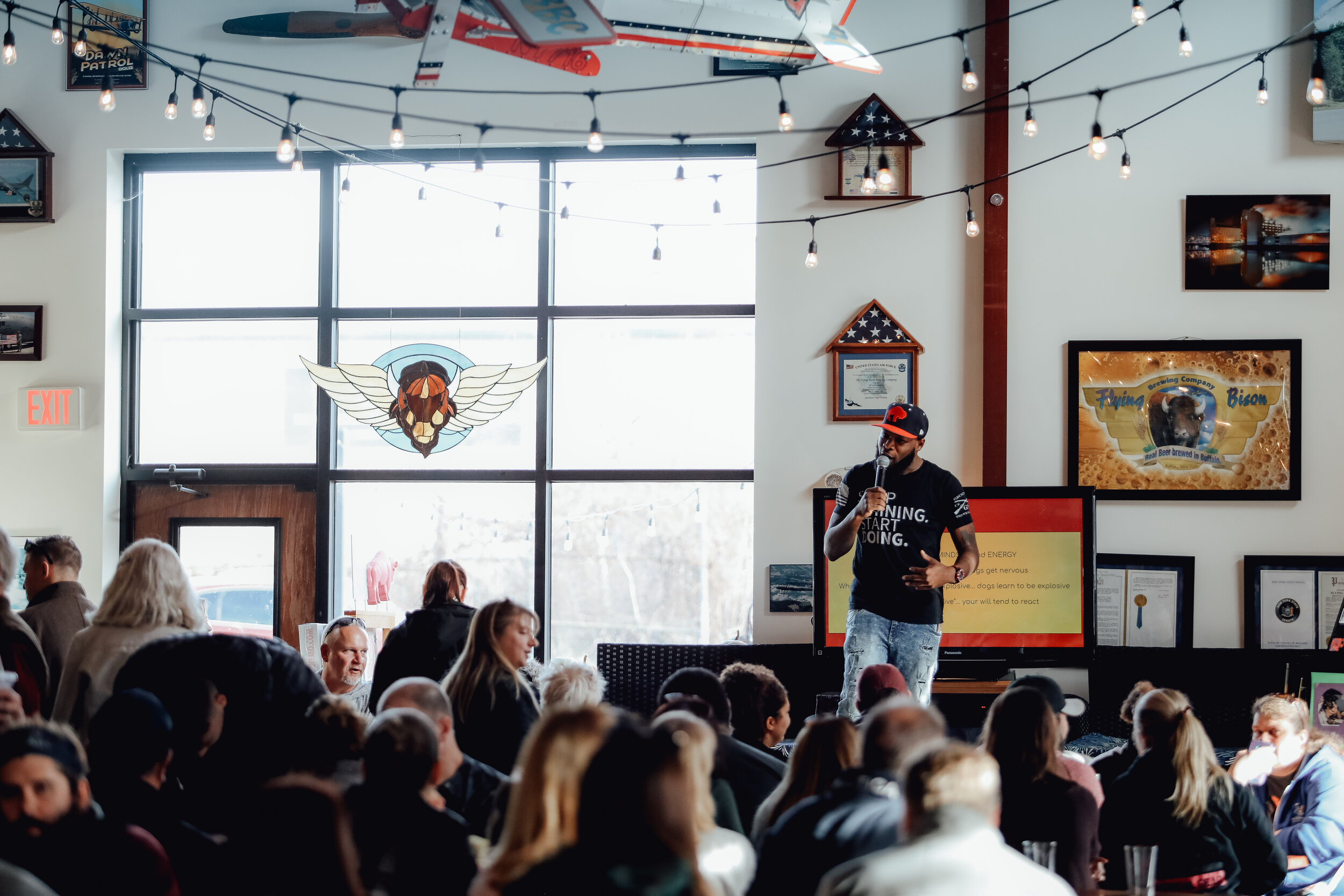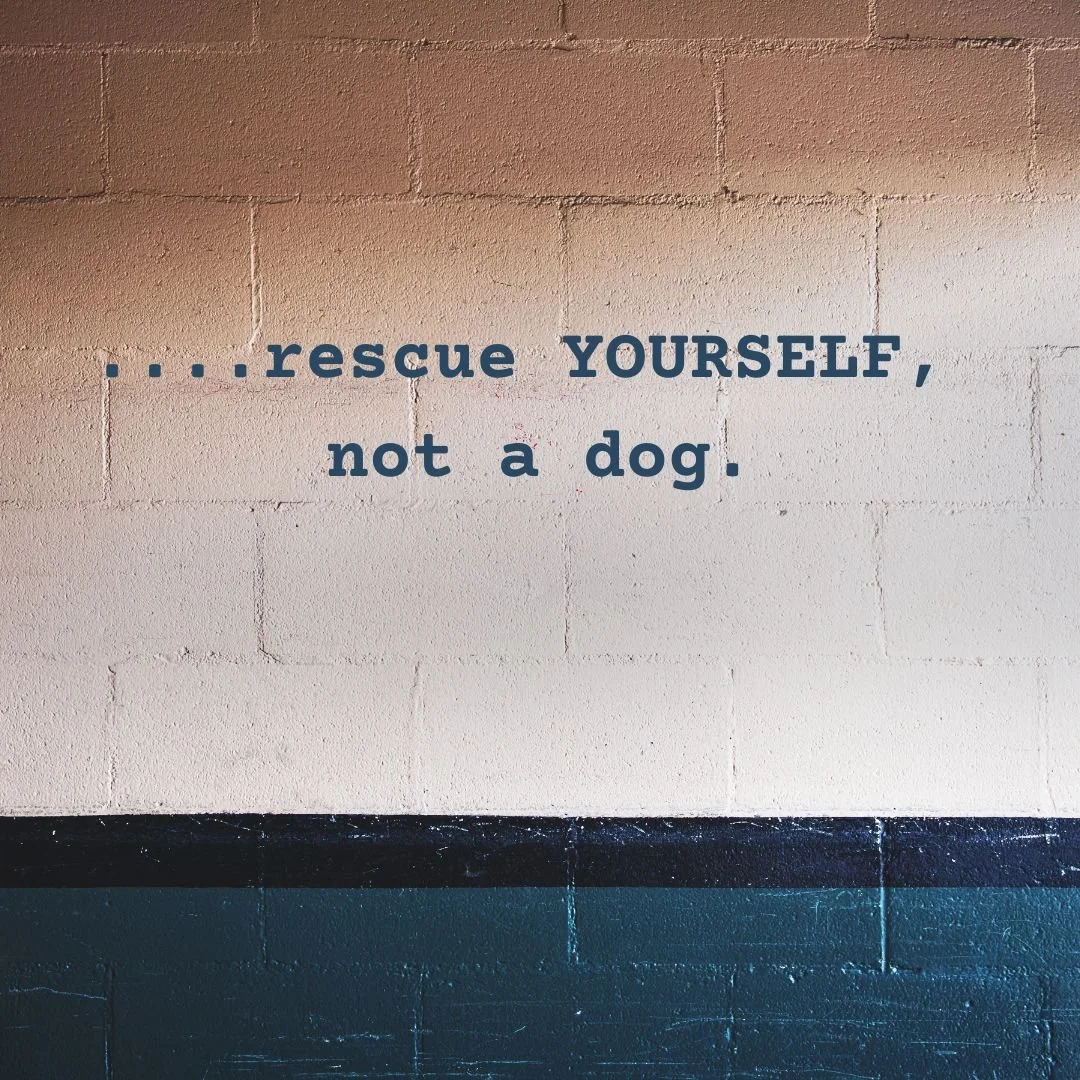Heart-Led Dog Training: Doing What’s Right for YOUR Dog
#mdbgunleashed Blog | K9 Vision Buffalo Trainer
The Secret lives in the HEART of the trainer; Not the tool.
When it comes to raising and training your dog, it’s easy to get caught up in what’s popular online or what other owners are doing. The truth is, every dog is different—and lasting change comes when we approach training with compassion and the right tools for the job.
Why Compassion Matters
Some dogs thrive with treats, praise, and love alone. Others demonstrate behaviors that show they need more support—training tools used correctly and with solution-based intent. When applied with fairness and compassion, these tools help dogs learn faster, feel safer, and thrive in the long run.
Shifting Your Perspective
Before following the latest training trend, ask yourself:
Am I making choices based on what’s best for my dog, or based on what’s most popular?
Am I giving my dog structure that builds confidence, or hoping problems will fix themselves?
The answers reveal that training is not about rigid ideology—it’s about providing the right balance of leadership, structure, and compassion for your dog’s unique needs.
Building Trust Through Balanced Leadership
Compassionate training doesn’t mean avoiding structure. It means guiding your dog in ways that make them feel secure and successful:
Clear rules and boundaries applied fairly.
Consistency and repetition to build good habits.
Opportunities for exercise, play, and problem-solving so they stay balanced.
Training tools used as teaching aids, not shortcuts.
When you lead with both compassion and structure, your dog learns not just how to behave, but how to thrive.
Why This Approach Stands Out
In Buffalo’s dog training community, opinions are often divided—some say “only use treats,” while others lean too heavily on corrections. At K9 Vision Buffalo, we believe the truth lies in balance: compassion, structure, and the right tools used the right way. This approach gives dogs the best chance to succeed—because training should always be about what’s right for the dog, not what’s popular.
Rescue YOURSELF, Not the Dog
Thinking about adoption or bringing home a new puppy? In this SPCA-inspired post, Board member Myles explains why meeting yourself where you are creates calm, consistent leadership. K9 Vision is ready to help you explore structured dog training and alternative dog daycare options in Buffalo, Kenmore and Tonawanda—including solutions for a dog kicked out of daycare and flexible unlimited dog daycare plans. Rescue yourself first; then give your dog the stability to thrive. This is the path to confident owners, balanced dogs, and lasting relationships.





